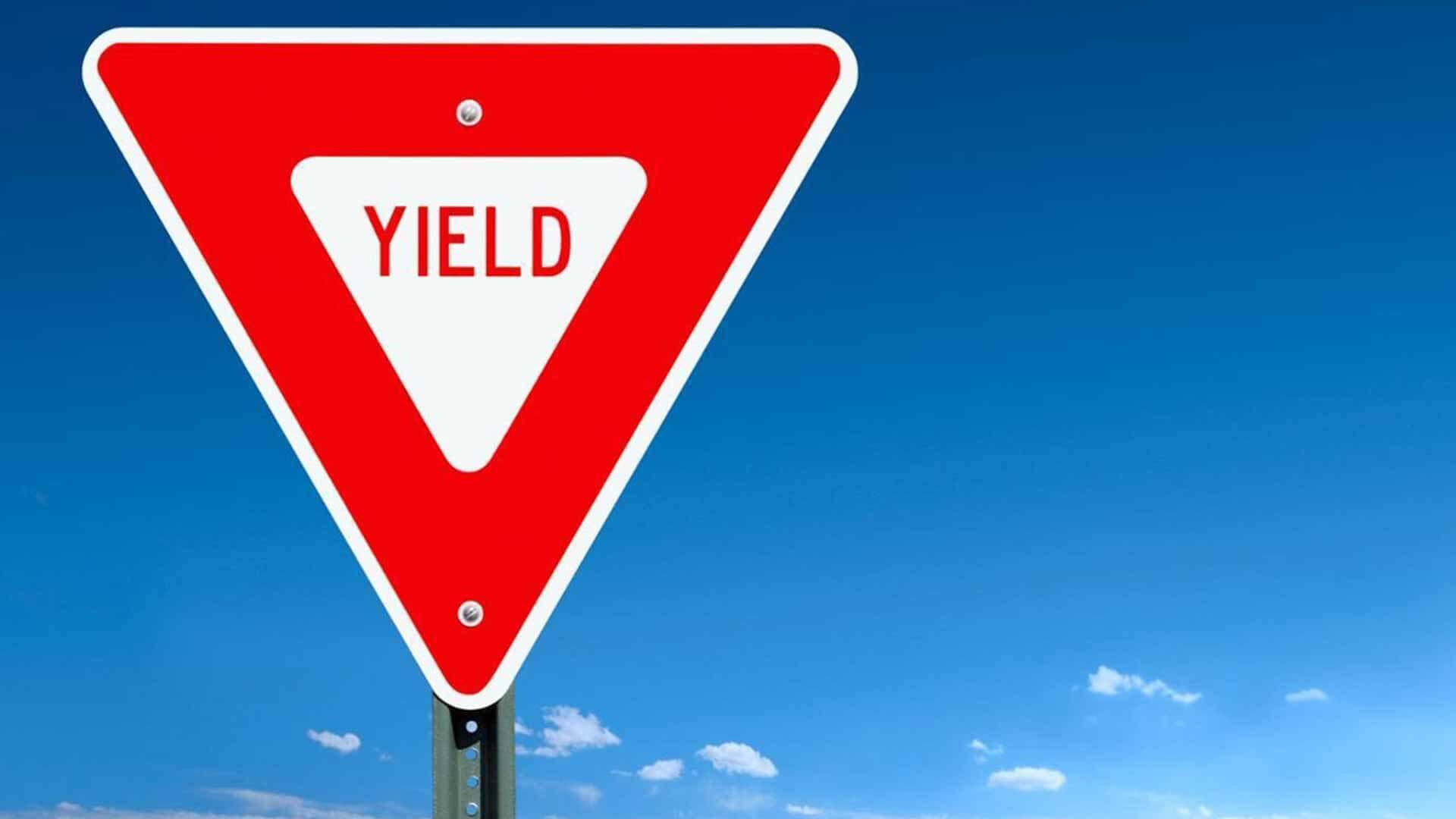An important aspect of driving carefully is knowing who has the right-of-way in various traffic scenarios. Right-of-way laws are in place to maintain a safe flow of traffic and minimize the risk of causing a dangerous accident.
However, many motorists are either unaware of Nevada’s right-of-way laws that dictate when a driver is required to yield to other vehicles or pedestrians, or neglect to follow these crucial traffic rules.
If you or someone you love has been injured in an auto accident caused by a negligent driver who failed to yield the right-of-way, you may be entitled to compensation.
Our Las Vegas personal injury attorneys can discuss Nevada’s right-of-way laws with you and determine when a driver is at fault for causing an accident after he or she failed to yield.
Vehicles Approaching or Entering an Intersection
Auto accidents commonly occur when drivers fail to yield the right-of-way. Because of this, it is imperative that you remain alert and focused on your surroundings when you drive through an intersection.
Nevada’s rules for yielding the right-of-way when driving through an intersection are outlined in NRS § 484B.250:
- The driver of a vehicle that is approaching an intersection must yield the right-of-way to a vehicle that has already entered the intersection.
- When two vehicles traveling in different lanes arrive at the intersection at the same time, the driver to the right has the right-of-way.
- If one vehicle is in a lane that ends while another vehicle is traveling in a continuing lane, the driver in the continuing lane has the right-of-way.
- When a vehicle enters an intersection that is controlled by a traffic signal that is inoperable at the time, the driver must treat the intersection as if he or she has approached a stop sign. The driver must come to a complete stop at a clearly marked line or before entering the crosswalk. The driver must then proceed cautiously and yield to any vehicles that have already completed a stop or are within the intersection.
If the intersection has a stop or yield sign, the driver of a vehicle must stop or yield before he or she approaches a crosswalk. The approaching vehicle must yield the right-of-way to other vehicles that have already entered the intersection.
Vehicles Entering a Highway from a Private Road
If a vehicle enters a highway from a private roadway, the driver of the vehicle must yield the right-of-way to other vehicles that are already traveling on the highway.
Vehicles Entering or Exiting a Controlled Access Highway
When entering or exiting a highway, you must yield the right-of-way to vehicles that are already traveling on the highway that are close enough that they may cause an immediate hazard if you do not yield.
Vehicles Making a Left Turn in an Intersection
Drivers attempting to make a left turn at an intersection must yield the right-of-way to vehicles approaching from the opposite direction or that are close enough to pose an immediate hazard.
Once the driver has yielded and given a signal to make his or her intentions clear, the driver may make a left turn and all other vehicles must yield the right-of-way.
Emergency Vehicles
Upon approaching an emergency or official vehicle making use of its flashing emergency lights, all drivers must yield the right-of-way to such vehicle.
You must immediately move your vehicle to a position parallel to, and as close as possible to, the right-hand edge or curb of a roadway, except for inside an intersection, and shall remain in this position until the emergency or official vehicle has passed, or a police officer directs you to move.
Pedestrians and Cyclists
Another important aspect of Nevada’s right-of-way law is exercising duty of care toward pedestrians and cyclists using a crosswalk to cross an intersection. As a driver of a vehicle, you must:
- Stop and yield for pedestrians who are passing through a crosswalk while the “walk” signal is illuminated on a crossing device.
- Stop or slow down to yield to a pedestrian who is crossing in a crosswalk controlled by a traffic-control device that is inoperable.
- Refrain from overtaking or passing a vehicle that is stopped at a marked or unmarked crosswalk at an intersection if you are approaching the vehicle from the rear. You can only pass the stopped vehicle after you have determined the vehicle is not stopped for the purpose of yielding to a pedestrian.
If a motorist encounters a cyclist lawfully sharing the roadway, he or she cannot intentionally interfere with the cyclist’s movement. Motorists must also yield the right-of-way to any cyclist traveling in a designated bike lane.
Contact Our Nevada Car Accident Lawyers Today
If you were injured in an auto accident caused by a negligent driver who failed to yield the right-of-way, you may have legal options to hold him or her liable for your damages.
Henness & Haight’s Las Vegas personal injury lawyers have represented victims who were injured in numerous types of auto accidents and possess detailed knowledge of Nevada’s traffic laws. We will use our skills and experience to build a strong case on your behalf to help you recover the compensation you deserve.
Do not hesitate to contact us to schedule a free, no-obligation consultation to discuss your claim with one of our seasoned attorneys. We only work on a contingency basis, which means you will not be charged any legal fees unless we recover compensation for your injuries.
